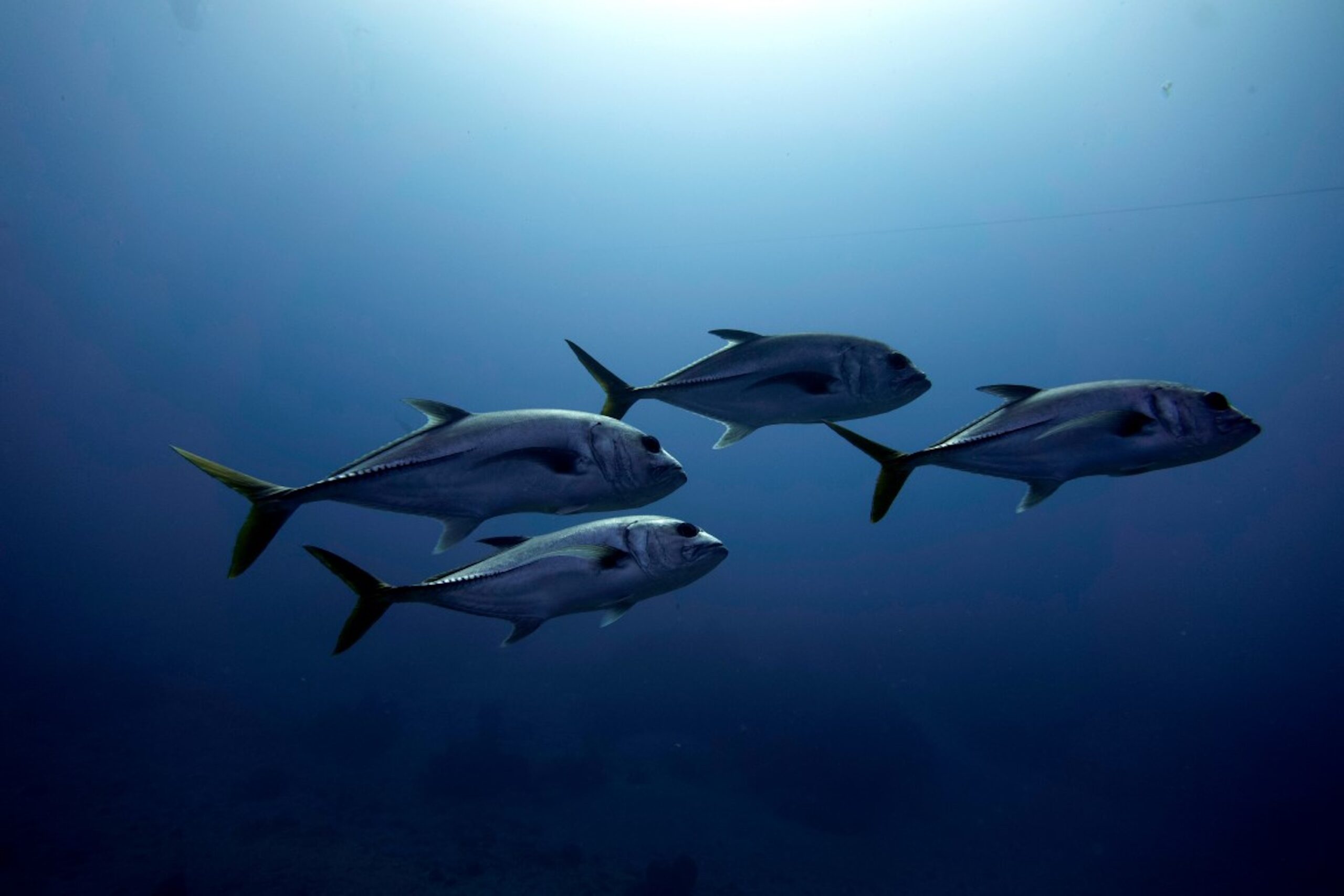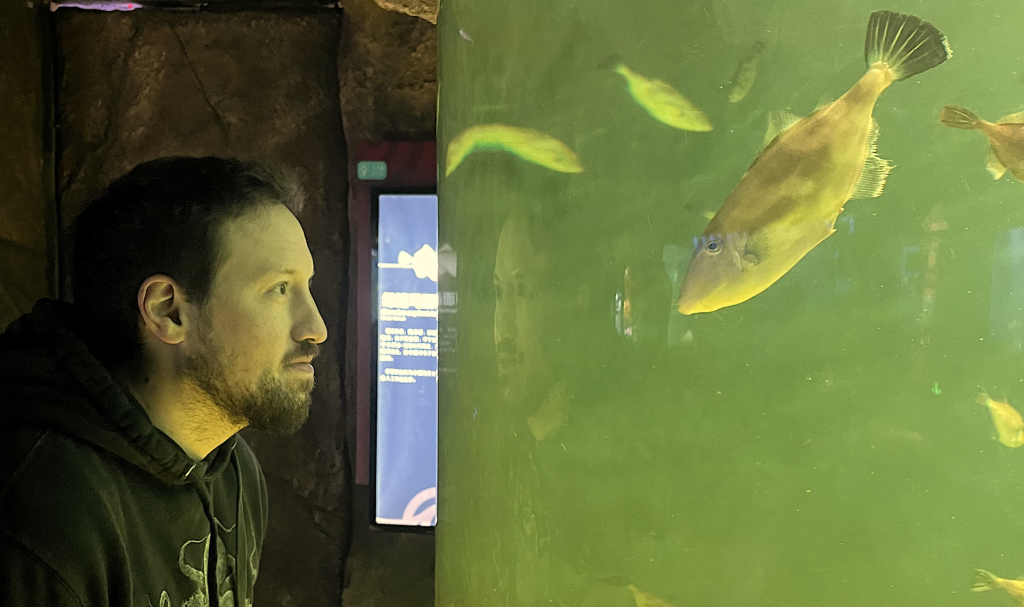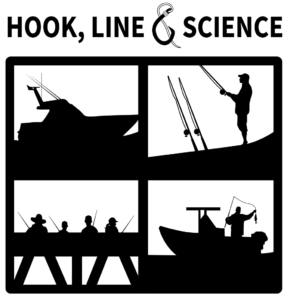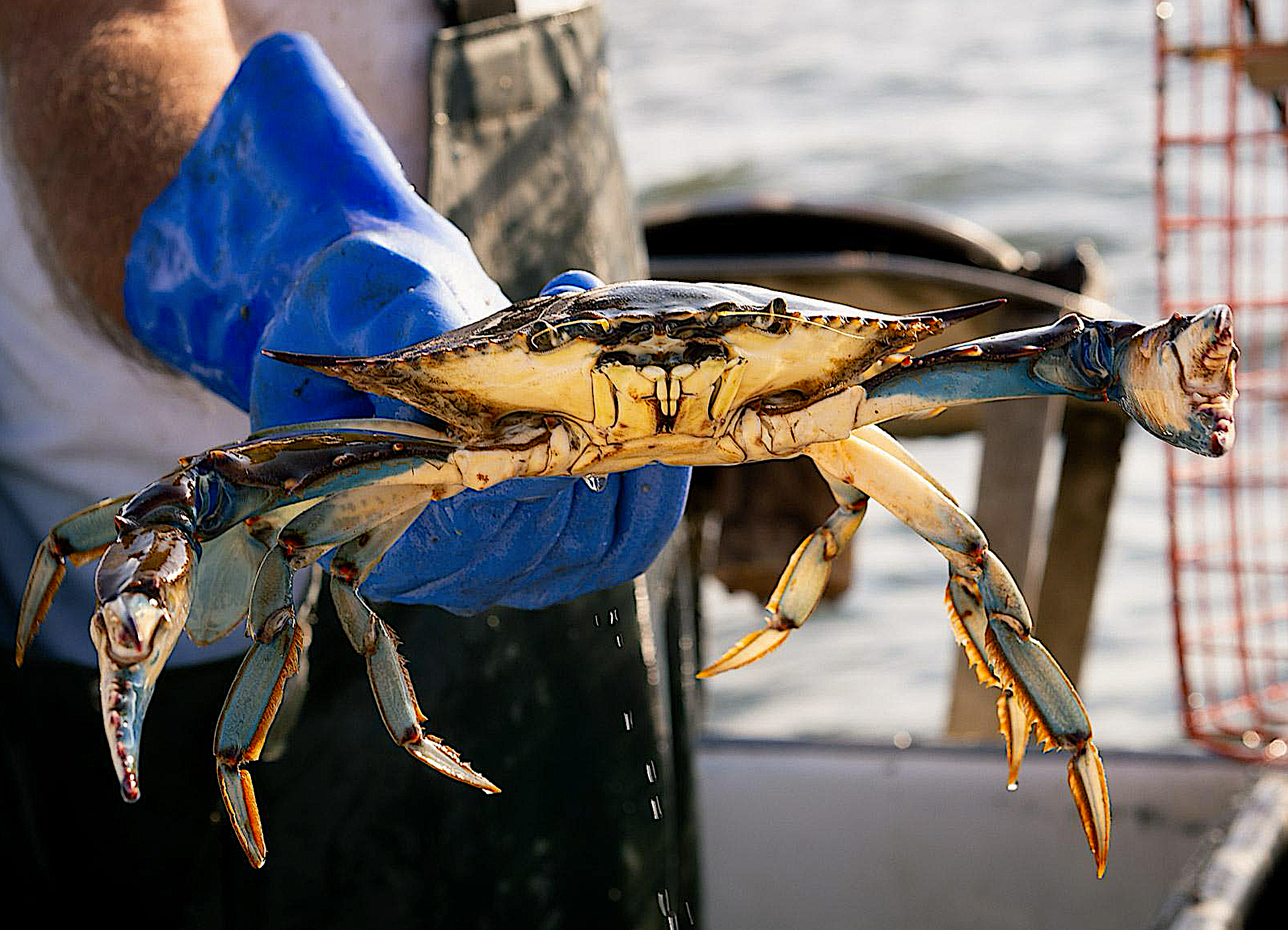Can phone interviews help set conservation goals?

credit: David Elwood/CC BY-ND.
Commercial fishers and recreational anglers answer the call — and provide valuable input on black sea bass and cobia.
Research Need
Often in fisheries management there are conflicts between different resource users with no clear solution. “Management strategy evaluation” identifies how well different approaches meet conservation goals under a range of different scenarios. Together, scientists and fishers can then determine the tradeoffs between different outcomes.
In practice, this requires a lot of resources, often taking at least a year (if not several) to complete, as well as a sufficient budget. But fisheries scientists recognize the need to get feedback from commercial fishers and anglers.
What did we study?
We set out to test an approach for engaging commercial fishers and recreational anglers who catch black sea bass and cobia. We conducted phone 30 interviews with anglers and fishers from the Southeast who actively fish for these species. We used an interview format that combined open-ended questions and ranking exercises to collect information related to goals and management.
What did we find?
As we expected, responses depended on whether we spoke to a commercial fisher or a recreational angler, but interviewees from both sectors prioritized fisheries conservation.
Commercial fishers generally wanted to catch more fish, which aligns with the traditional fisheries management goal of achieving a profitable and sustainable level of catch. Recreational anglers were most interested in having longer seasons, catching more fish, and catching larger fish.
Recreational fishing regulations for black sea bass and cobia currently use different minimum size limits, and anglers were interested in standardizing these limits. Fishers and anglers for black sea bass expressed a desire for management actions that would reduce the number of fish that die after being released following incidental capture.
So what?
Although this is not a perfect substitute for continuous stakeholder involvement, this approach does demonstrate that we can involve fishers and anglers when time and/or monetary resources are limited. Furthermore, this study was also one of the few dedicated to including recreational fishery goals in management strategy evaluation, which we believe is particularly important given the popularity of saltwater angling in the Southeast.
Reading
Damiano, M., Wager, B., Rocco, A., Shertzer, K. W., Murray, G. D., & Cao, J. (2022). Integrating information from semi-structured interviews into management strategy evaluation: A case study for Southeast United States marine fisheries. Frontiers in Marine Science, 9, 2475. https://doi.org/10.3389/fmars.2022.1063260
Funding for this study was provided by the NOAA Marine Fisheries Initiative Program.
BY MATT DAMIANO.

The text from Hook, Line & Science is available to reprint and republish at no cost, but only in its entirety and with this attribution: Hook, Line & Science, courtesy of Scott Baker and Sara Mirabilio, North Carolina Sea Grant.

- Categories:



